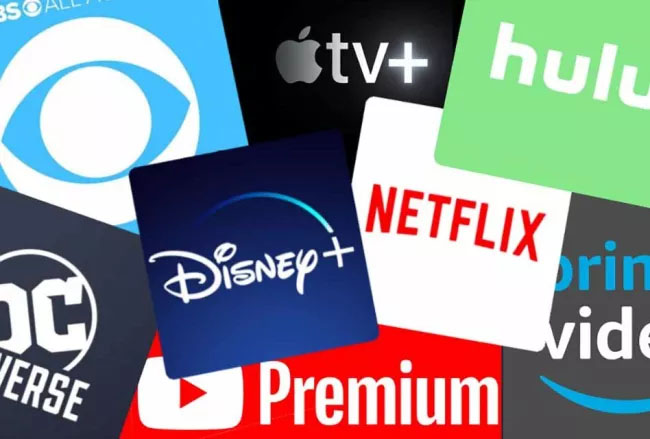The three biggest subscription video-on-demand services, Netflix, Amazon Prime Video and Hulu, have been adopted by 78% of U.S. households, a percentage that is flat with a comparable 2020 survey, according to Leichtman Research Group (LRG).
Only 41% of U.S. households report streaming one of these Big 3 services daily compared to 40% last year.
Polling 2,000 adult U.S. consumers earlier this summer for its latest Emerging Video Services 2021 report, LRG did find that respondents who said they had more than one of the legacy Big 3 SVODs did shoot up from 55% in 2020 to 58% this year.
But the huge annual adoption leaps previously taken by these top three subscription streaming services–household penetration in 2016 was only 59%, for example–appear, for now, to be done. (Notable was Netflix’s disclosure that it actually lost 400,000 U.S. subscribers in the second quarter.)
So what gives? Is the rapid proliferation of the video streaming habit petering out? Are new competitors taking some of the wind out of the sails of legacy operators?
In an email exchange, LRG principal analyst Bruce Leichtman noted that the addition of Disney Plus (which ranks just behind Hulu in U.S. subscriber stature with around 38 million customers), along with HBO Max, incrementally increases overall U.S. SVOD adoption by just 2% to 80%. (Yes, there aren’t many subscribers to these newer services who also don’t take one of the legacy Big 3 subscription streaming services.)
Adding the nine SVOD services that rank below Netflix, Amazon, Hulu, Disney Plus and HBO Max only increased total adoption by another 2% to 82%, Leichtman noted.
U.S. SVOD households report supporting more services than ever–53% currently pay for three more more.
But this notion that the emergence of Apple TV Plus, Disney Plus, HBO Max, Peacock, Discovery Plus, Paramount Plus et. al. is massively increasing the overall SVOD pie is perhaps overstated.
“The percent of households with a top SVOD service held steady in 2021, and those using any of these services daily also levelled off after being pulled forward last year due to the coronavirus pandemic,” Leichtman said in a statement. “While the breadth of households with a major SVOD service is similar to last year, those with multiple top SVOD services continued to expand. And, including eleven additional streaming video services, 27% of households now report having five or more SVOD or DTC services.”


